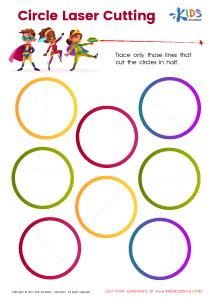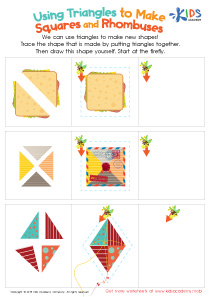Shape Recognition Normal 2D Shapes Worksheets for Ages 3-4
15 filtered results
-
From - To
Welcome to our Shape Recognition Normal 2D Shapes Worksheets designed specifically for children ages 3-4! These engaging worksheets introduce young learners to basic 2D shapes such as circles, squares, triangles, and rectangles. With colorful illustrations and fun activities, kids will develop essential shape recognition skills while enjoying the learning process. The worksheets promote cognitive development by encouraging children to identify, sort, and match shapes. Perfect for early math education at home or in preschool classrooms, these resources make learning shapes interactive and enjoyable. Explore our collection and help your little ones build a strong foundation in shape recognition today!
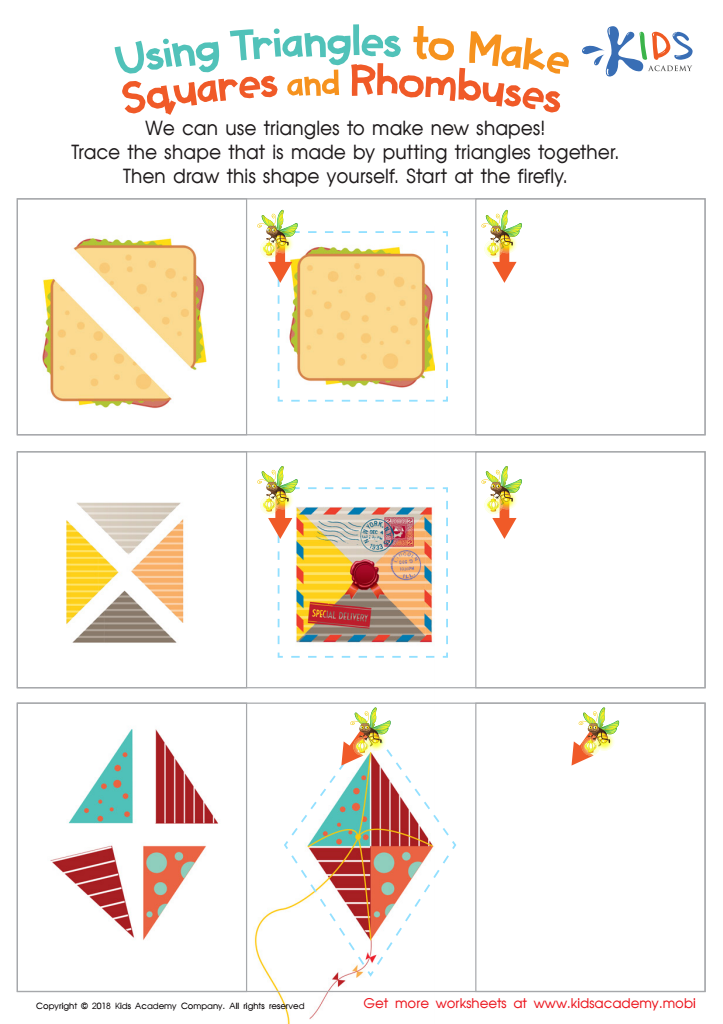

Using Triangles to Make Squares and Rhombuses Worksheet
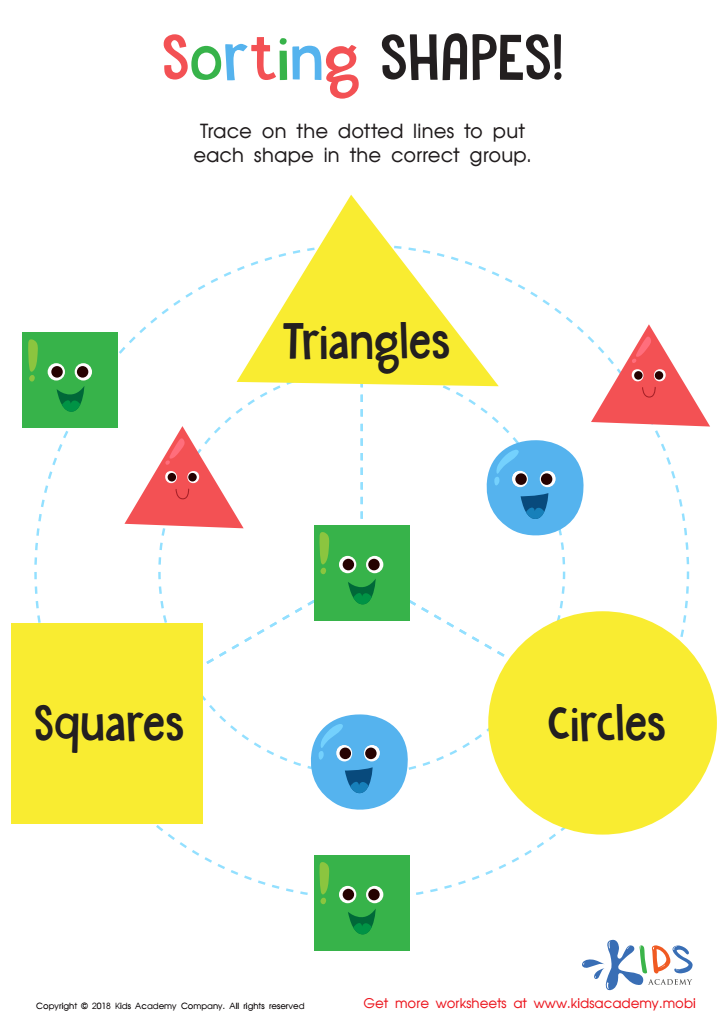

Sorting Shapes - Part 3 Worksheet
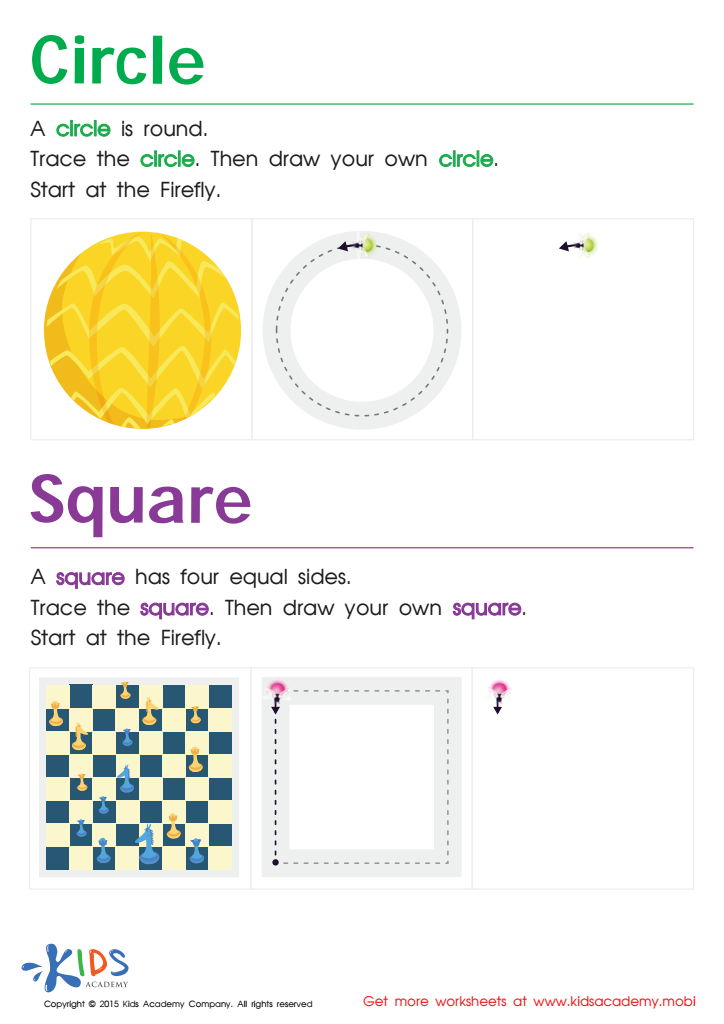

Trace And Draw a Circle And a Square Worksheet
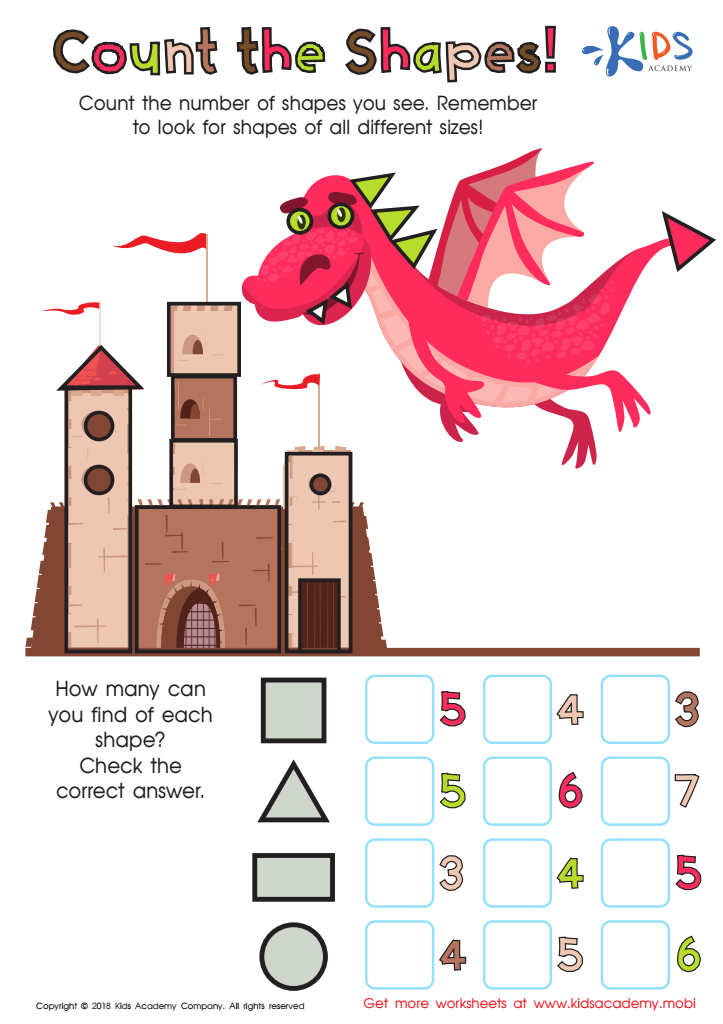

Count the Shapes Worksheet
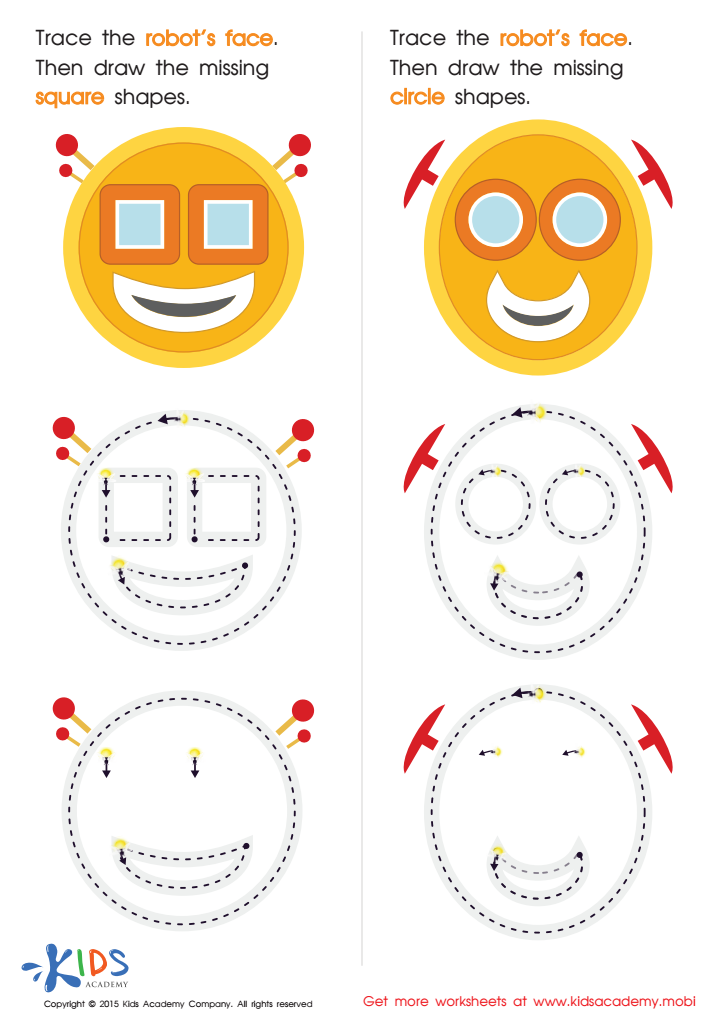

Practicing to Draw Circles And Squares Printable
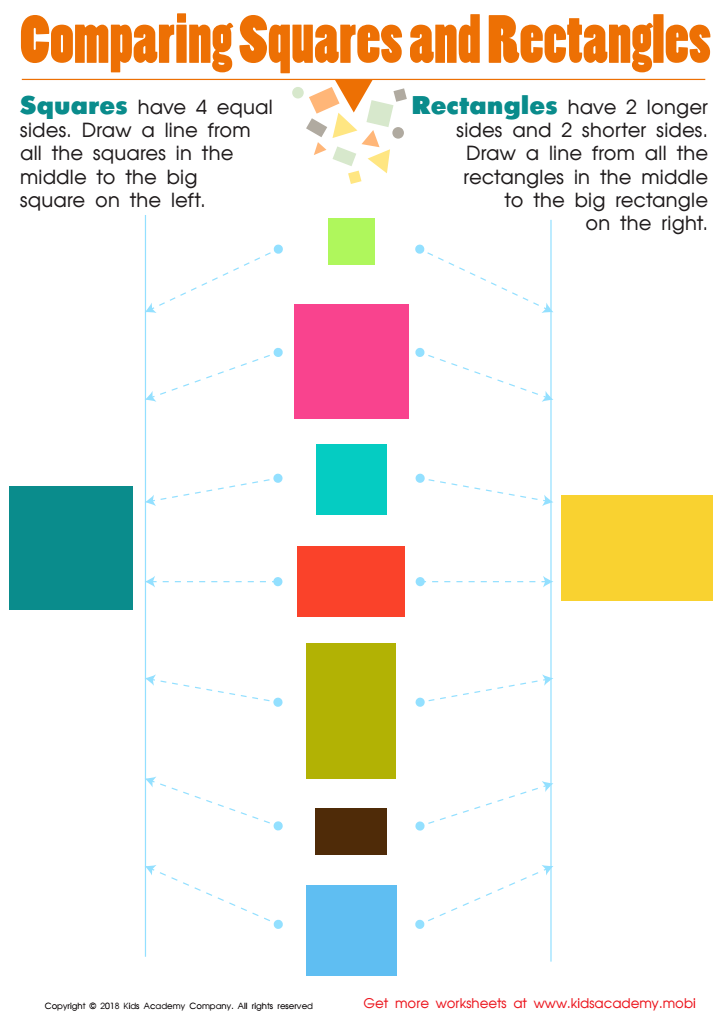

Comparing Squares Rectangles Worksheet
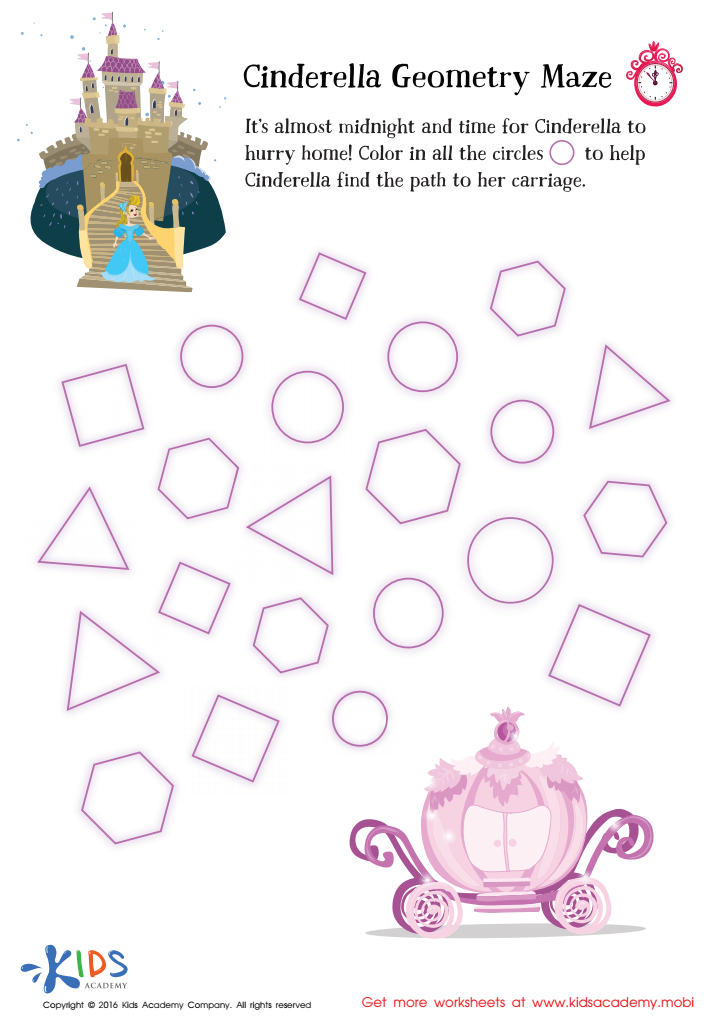

Cinderella Geometry Maze Worksheet


Preschool Geometry Match Up Worksheet


Learning to Draw Crescents And Triangles Worksheet
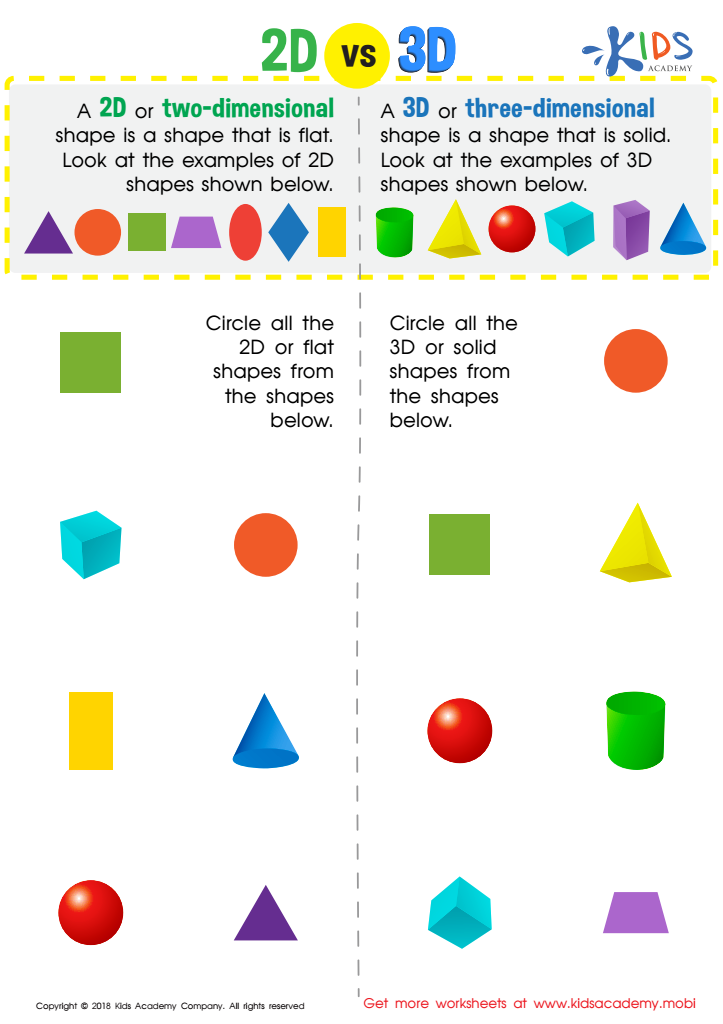

2D vs 3D Shapes Worksheet
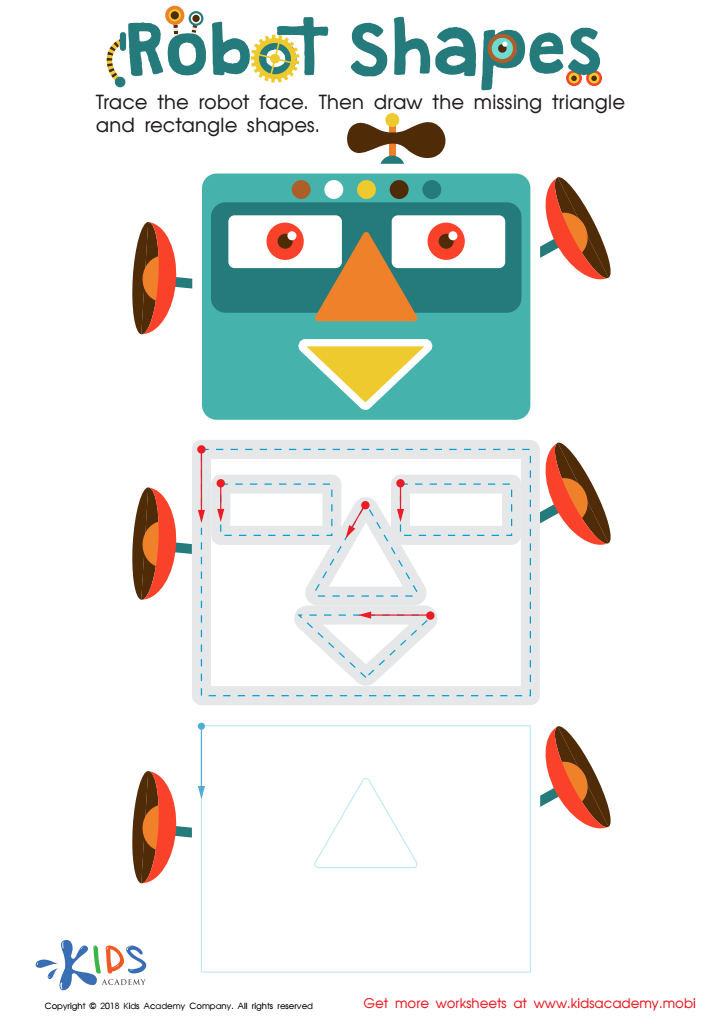

Robot Shapes Worksheet
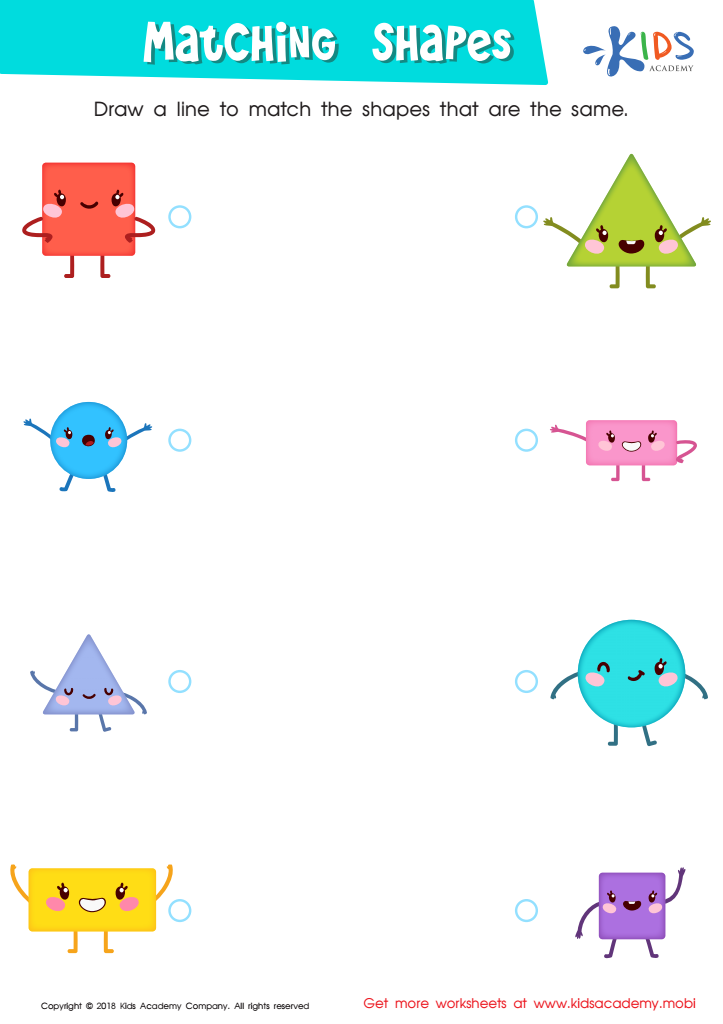

Matching Shapes Worksheet
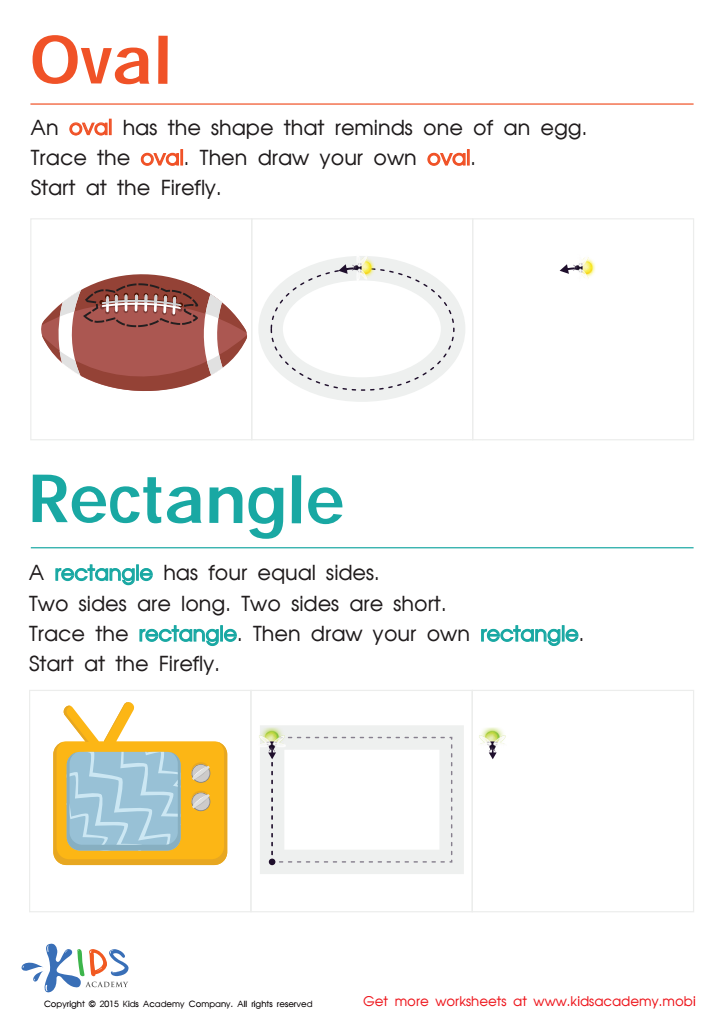

Easy Drawing of Ovals And Rectangles Worksheet


Using Squares to Make Rectangles Worksheet
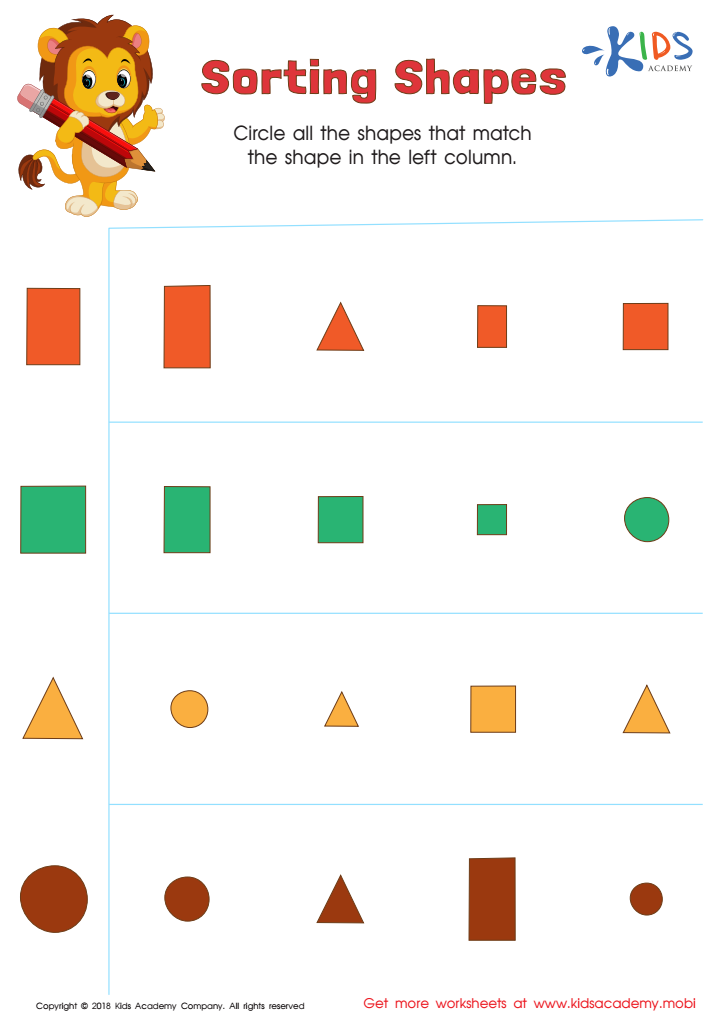

Sorting Shapes - Part 2 Worksheet
Shape recognition of 2D shapes is crucial for children aged 3-4 as it lays the foundation for several cognitive, mathematical, and spatial skills. At this developmental stage, children are naturally curious and eager to learn about the world around them. Recognizing and understanding shapes enhances their observational skills and helps them categorize and make sense of their environment.
Learning shapes develops essential mathematical concepts, as children learn to identify, classify, and compare different 2D forms like squares, circles, and triangles. This understanding is not only foundational for future math skills, such as geometry, but also enhances critical thinking and problem-solving abilities.
Moreover, shape recognition aids in language development, as children learn to articulate what they see and describe their characteristics. For parents and teachers, engaging children in shape-related activities fosters creativity and fine motor skills through hands-on learning experiences like drawing, cutting, and assembling shapes.
Finally, recognizing shapes is also a stepping stone to more complex concepts such as symmetry and patterns, which are crucial for cognitive development. By focusing on shape recognition at an early age, parents and teachers can nurture well-rounded children who are better prepared for future learning challenges.
 Assign to My Students
Assign to My Students











